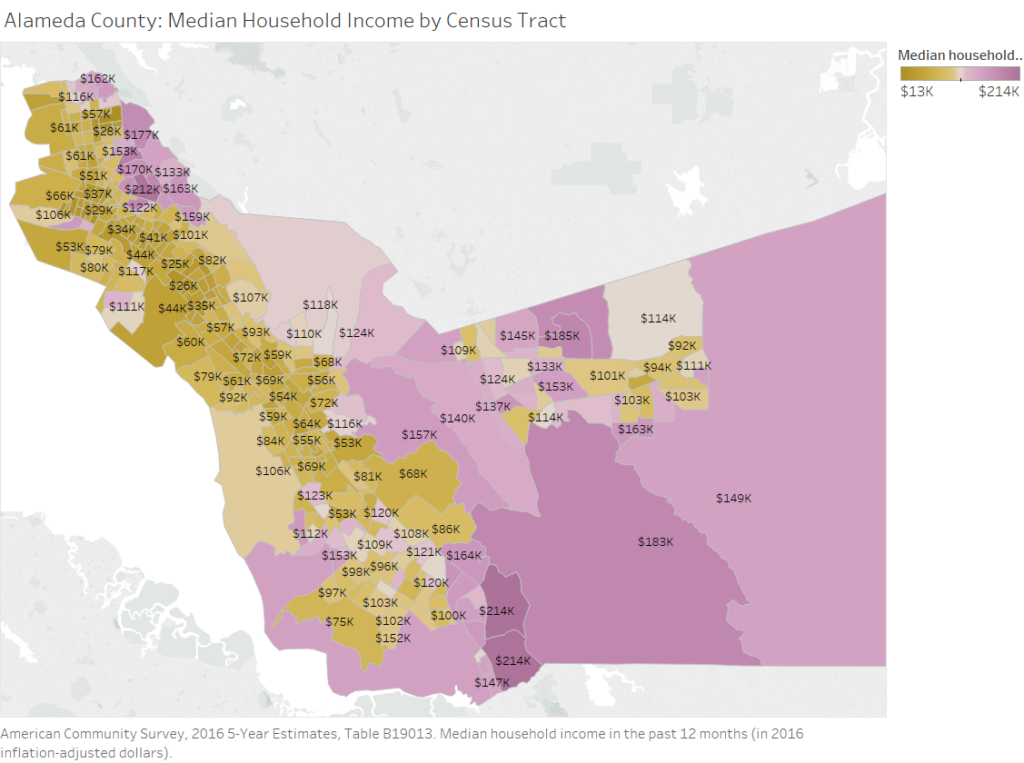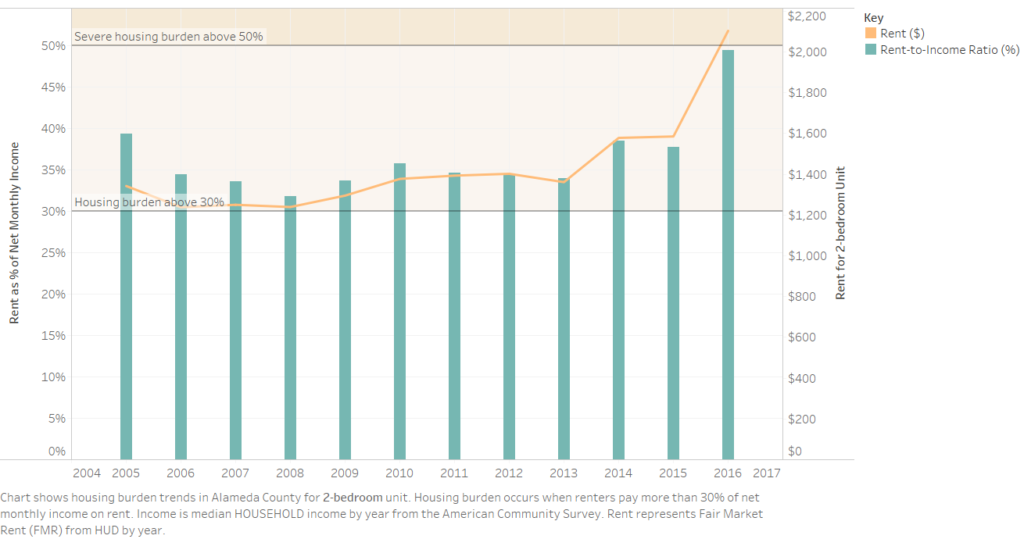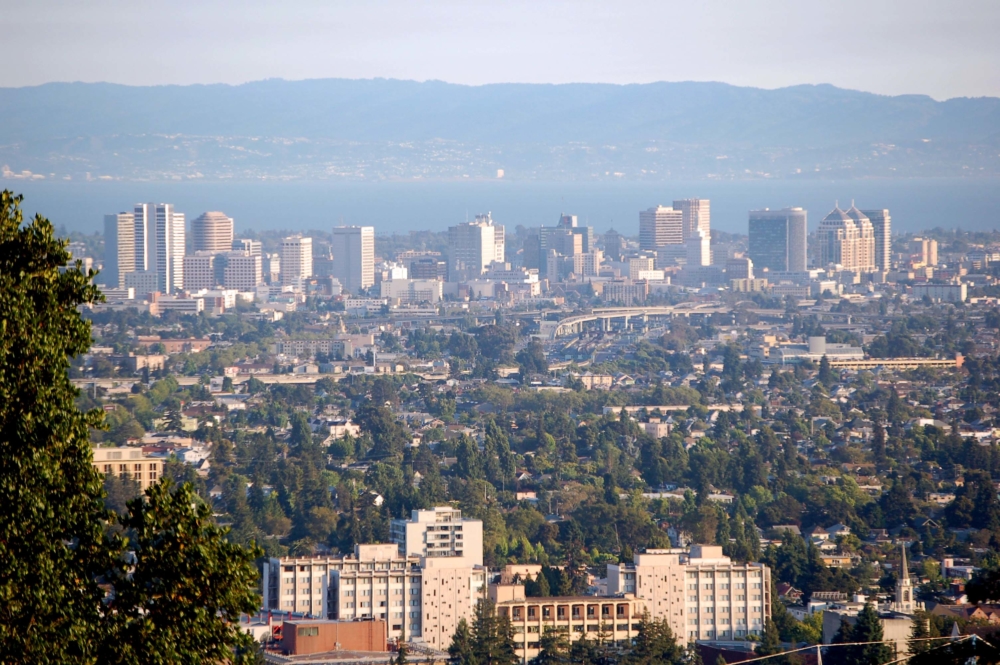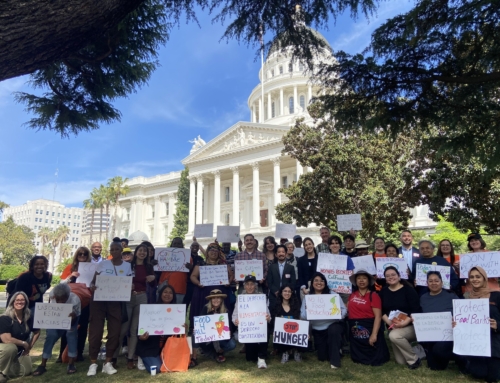Why the US Census is Important to Food Banks — and Why We Need to Protect it
By Kate Cheyne, Research Manager
Every year, the U.S. Census Bureau releases data that offers a glimpse into how American households are changing, including those in Alameda County. For non-profits, policy makers, and advocates working to end food insecurity and hunger, it’s our most comprehensive source of information on poverty rates, household incomes, cost of living, health insurance, nutrition assistance participation, and more.
However, the upcoming 2020 census is under threat of being underfunded. And according to multiple reports, it is behind schedule, and many factors are putting it at risk for not getting an accurate count. We must ensure that the census is funded adequately, upholds its obligation to protect the privacy of respondents, and is conducted with rigor.
How non-profits use the census
Most organizations and researchers use both the American Community Survey (ACS) and the decennial census to inform their work.
The primary purpose of the yearly ACS is to portray the social, housing, economic, and demographic characteristics of the U.S. population. The data in the map below were obtained from the ACS, and show median household incomes across Alameda County. In addition to poverty rates, these data show us a point-in-time visualization of the county. But they also show us how the county is changing over time with year-over-year comparisons. This helps us learn where our services need to be, and what we need to adjust to reach more people who might be food insecure.

In addition to painting an overall picture of trends in our region, ACS data helps non-profits like ours understand the larger economic forces at play in our communities, which impact individuals and families at risk of food insecurity.

Housing Burden in Alameda County
For example, we know that the Bay Area is one of the most expensive housing markets in the U.S. But what does this mean for a household that’s renting a two-bedroom apartment, and earning the countywide median income ($76,643 in 2016)? It means that household might be paying half their monthly income for a two-bedroom unit in Alameda County. That’s much higher than what is generally considered housing burdened, and means that many families are even more stressed than ever in paying for all their other expenses, including food.
The decennial census, on the other hand, is conducted every ten years. Its purpose is to count every person residing in the U.S. for the purposes of congressional apportionment and legislative redistricting.
Census statistics help determine where to build more roads, housing, healthcare clinics, and child-care centers. Citizen groups use census figures to advocate for resources in certain neighborhoods (like senior centers or workforce development programs). Non-profit organizations often use census data to help estimate potential volunteers, direct or expand services, and to inform strategic planning.
What’s next for the census?
The Census Bureau will conduct the next decennial census in 2020. More than $400 billion in federal funds are distributed every year to states and communities based in part on the demographic, socioeconomic and geographic information generated by the Census Bureau. The Voting Rights Act, the Age Discrimination and Employment Act, the National Affordable Housing Act and the Veterans’ Benefit Program also rely on census and ACS data.
Quality ACS and decennial census data are vital to the future of our work, to California, and to the neighborhoods we work, live, and play in across the United States. It’s a critical tool in understanding the needs of our own community, and in ensuring we are all represented. Every voice matters.
Top photo via flickr user @jason





